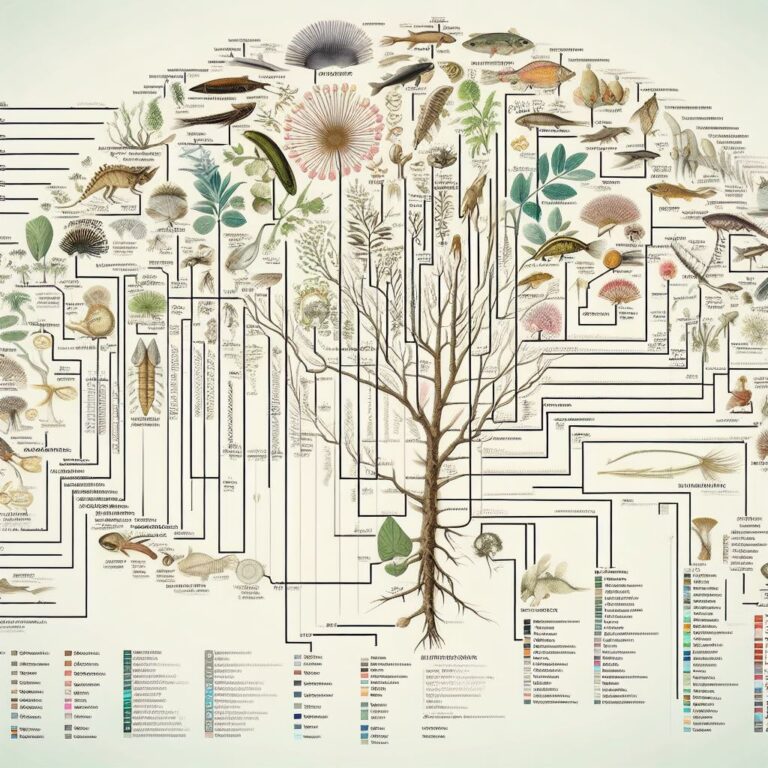
R for Phylogenetic
Contract the UPGMA tree Neighbor Joining tree Maximum Parsimony Tree & Maximum Likelihood Tree

Explore the green world with us

Contract the UPGMA tree Neighbor Joining tree Maximum Parsimony Tree & Maximum Likelihood Tree

These approaches simultaneously compare all sequences in the alignment, considering a one character (a site in the alignment) at a time to calculate the tree score Tree score is a quantitative measurement of the particular phylogenetic tree fits the observed…

The distance between every pairs of sequences are calculated, resulting data matrix is used for tree reconstruction. Clustering procedure of the distance base analysis is given below. Calculate distances and produce the matrix between all combination of taxa. Join the…

Taxa – The group of organisms, that are classified based on the evolutionary relationships. Characters – specific traits or features that can be used to distinguish between different taxa. The characters that used for building the phylogenetic trees Classical phylogenetic…

Evolutionary medicine Using positive selection to identify the pathogenic mechanisms of HIV in human. Using the evolutionary analyzes to identify new disease out breaks. Learn about the origin of the diseases. Identify the diseases resistance mechanisms in other hosts to…

Phylogenetic analysis is the finding of the genetic relationships among organisms. Phylogeny is the study of an organism’s evolutionary history; it includes time (when), mode (how), and place (where). Systematic is the classification and studying the diversity of organisms based…